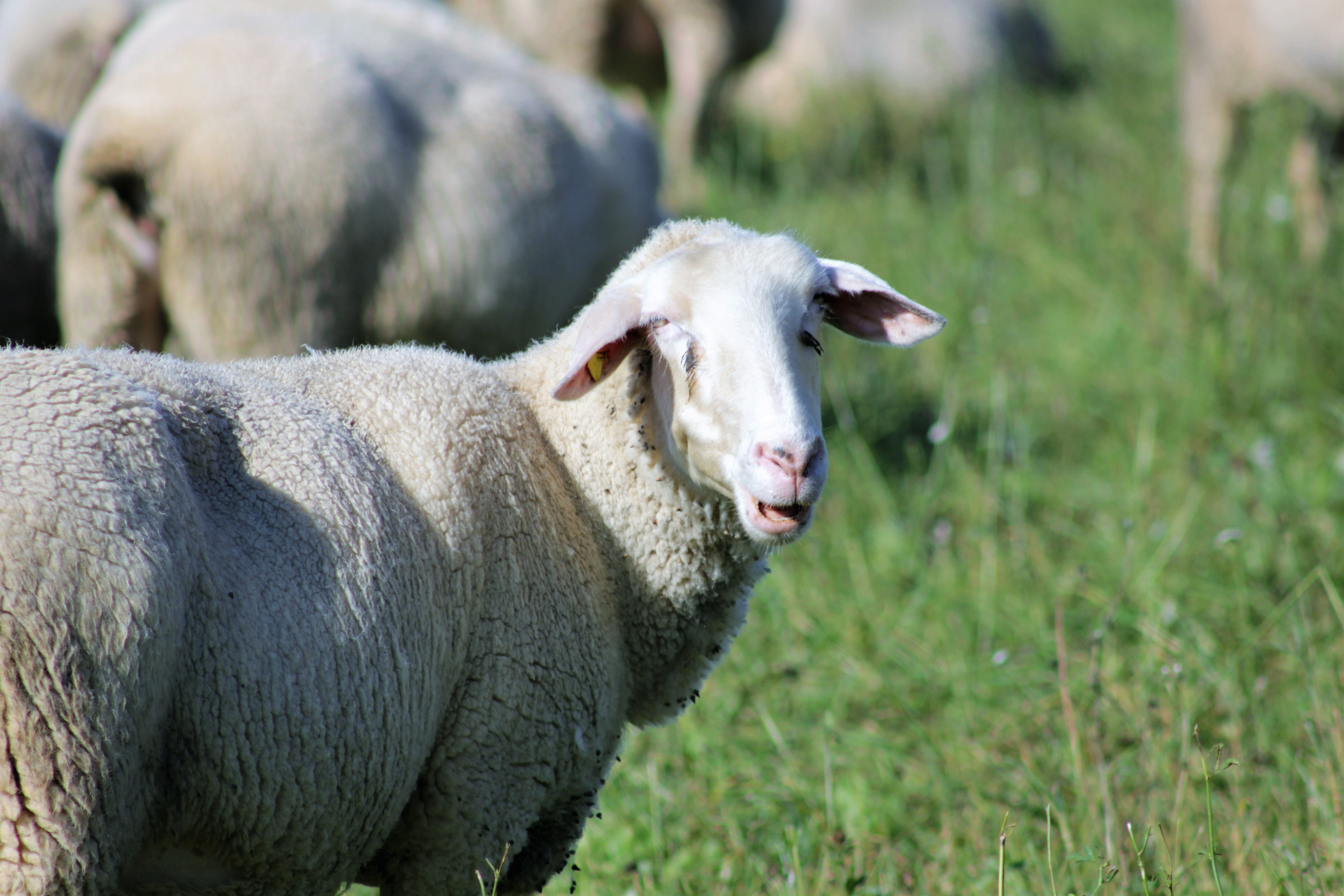In rural Texas, a novel approach to managing vegetation at solar farms is taking root as thousands of sheep are employed to graze beneath solar panels. At SB Energy’s expansive 4,000-acre solar project in Milam County, approximately 3,000 sheep are replacing traditional gas-powered mowers, presenting an eco-friendly alternative that aligns with the goals of renewable energy.
This practice, known as solar grazing, has gained traction alongside the rapid development of solar energy installations across the United States. The National Renewable Energy Laboratory reports that over 60 solar grazing projects are currently underway in 27 states, highlighting a growing trend that merges renewable energy production with agricultural practices. This method, referred to as agrivoltaics, fosters a mutually beneficial relationship between solar developers and farmers.
The shift towards solar grazing is particularly significant for Texas ranchers, where the sheep and wool industry has faced challenges, including a reported four percent decline in the state’s sheep and lamb population as of January 2024. The innovative practice not only helps manage vegetation but also provides a financial boost for ranchers. One such example is Texas Solar Sheep, founded by rancher JR Howard, who, since 2021, has seen his business grow to encompass over 8,000 sheep and 26 employees, demonstrating the economic potential of this venture.
Agriculture experts are optimistic about the future of solar grazing, viewing it as a transformative opportunity for the sheep industry. The integration of grazing into solar farm operations has been well received in rural communities, easing concerns regarding large solar installations and fostering local support.
While agrivoltaics is not a new concept, its implications for long-term environmental effects, such as soil health and agricultural viability, are still being explored. Researchers emphasize the need for further study to fully understand the benefits and challenges associated with this innovative land use strategy.
As the demand for grazing services continues to grow alongside the proliferation of solar farms, the partnership between sheep and solar panels demonstrates a promising model for combining environmental sustainability with economic opportunity. This initiative exemplifies how traditional farming practices can adapt to meet the needs of a greener future.
Check out the original article here: Source link



